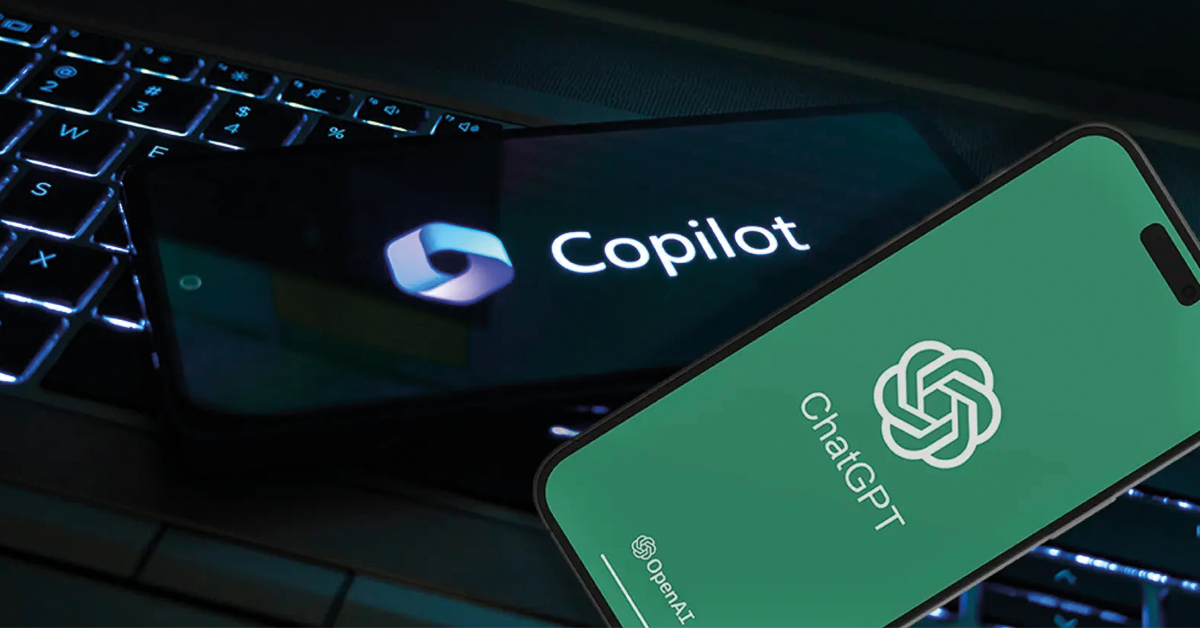Microsoft’s artificial intelligence chatbot, Copilot, will now collaborate seamlessly with GPT-4 Turbo and DALL-E 3.
Following the recent surge in artificial intelligence advancements, Microsoft has announced that Copilot AI chatbot will integrate with OpenAI’s latest model, GPT-4 Turbo, and the image generator DALL-E 3, alongside other enhancements. What innovations can be expected?
What will this partnership bring to Microsoft Copilot?
First and foremost, the integration of OpenAI’s newest and largest language model, GPT-4 Turbo, will enable Copilot to tackle complex tasks that previous versions struggled with. While the last generation allowed only 50 pages of text as input, GPT-4 Turbo accepts up to 300 pages of text.
So, what benefits does all this provide? The integration is currently being tested by specific users and will be rolled out for broader use in the coming weeks.
Integration with the latest DALL-E 3 Model is also available. This chatbot produces higher-quality images than ever before, and importantly, it is more precise in accuracy. In other words, the visuals often match the prompts with greater fidelity.
In addition to these advancements, Microsoft Copilot is getting more features. The Inline Prompting tool now includes a rewriting menu that allows you to select a text block, and the bot rephrases it for you. This feature is of particular interest to students.
The new feature set called Code Interpreter is bringing smiles to developers. Microsoft states that this feature will enable users to perform complex tasks such as “data analysis, visualization, mathematics.” Code Interpreter is currently in beta, with plans for a broader release in the near future.
What is DALL-E 3 Integrated into ChatGPT?
You can use DALL-E 3 through ChatGPT, generating impressive visuals with the commands you input.
It’s worth mentioning that the integration work aims to provide users with a seamless experience. In this context, those who don’t want to deal with creating commands will ask ChatGPT to do it for them. The chatbot will generate a paragraph that DALL-E 3 will use. OpenAI also stated that security measures have been enhanced in DALL-E 3 to prevent the creation of explicit and hateful content.
Two visuals created with the same command by DALL-E 2 (left) and DALL-E 3 (right):

GPT-4 Turbo comes in two different versions. The first version performs text analysis, while the second version can understand the context of both texts and images.
GPT-4 Turbo’s updated knowledge base
When responding to questions, GPT-4 Turbo leverages a more recent knowledge base compared to GPT-4. While GPT-4 relied on web data up until September 2021, GPT-4 Turbo encompasses data up until April 2023.
Additionally, GPT-4 Turbo has learned the likelihood of words appearing based on patterns, including the semantic context of the text. This allows the model to complete patterned expressions more seamlessly when generating text.
GPT-4 Turbo’s 128,000-token context window
GPT-4 Turbo stands out with its extensive context window. It’s important to clarify what a context window means in this context. The context window represents the text the model considers before generating any additional text. Models with smaller context windows may struggle to recall the content of recent conversations, potentially leading them to deviate from the current topic.
According to the information shared, GPT-4 Turbo has a context window of 128,000 tokens. This means that GPT-4 Turbo’s context window is four times larger than that of GPT-4. Similarly, GPT-4 Turbo surpasses the 100,000-token context window of Anthropic’s model, Claude 2. Anthropic had previously mentioned working on a 200,000-token context window.
128,000 tokens approximately equate to 100,000 words or 300 pages. In other words, GPT-4 Turbo has a broad coverage to generate meaningful conversations.
JSON Mode
In addition to these features, GPT-4 Turbo introduces a new JSON mode. This allows the model to respond to users using JSON, an open standard file format and data interchange format. The JSON mode can be considered an important feature, particularly for web applications involved in data transmission.












